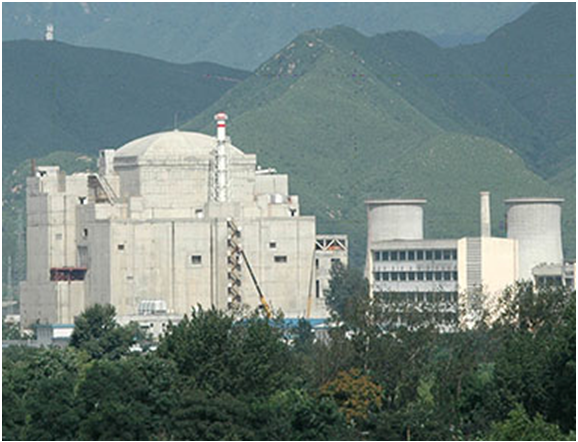Nuclear Reactors 49 - Chinese Nuclear Reactor Problems
I have complained in prior blog posts about a lack of honesty on the part of national governments when it comes to accidents at nuclear reactors. At one time or another, all the countries which have nuclear power plants have had accidents and been accused of not informing the citizens who are at risk of exactly what has happened. The latest example which continues to this day is the aftermath of the disaster at Fukushima. It is still unclear exactly what is going on with the melted reactor cores and the cooling water that is leaking into the Pacific. I have been talking about China in the past few posts so I thought I would use this blog to explore how they have done in the honesty department when it comes to problems with their nuclear reactors.
There have been no major nuclear accidents in the small Chinese fleet of operational reactors so far but there have been releases of radiation from their power plants. In May of 2010 at the Daya Bay power plant in Shenzhen in Guangdong Province, there was a radiation leak. The managers of the Daya Bay plant did not inform the public about the leak until three weeks after it had occurred. The national government in Beijing denied that any radiation had been released but a Hong Kong company that ownes shares in the Daya Bay plant confirmed that radiation had in fact been released. Here we have an excellent example of both the plant operators and the national government of China behaving in a dishonest way with respect to nuclear issues.
In October of 2011, the Japanese Atomic Energy Agency reported that the Chinese Experimental Fast Reactor (CEFR) at the China Institute of Atomic Energy (CIAE) had gone offline because of an accident at the reactor. The Japanese and the Koreans were understandably paranoid about nuclear accidents because of the Fukushima disaster earlier in the year. The fact the Chinese authorities would not admit that there had been an accident or give any details on the situation did nothing to calm the international concern. There have been reports that the safety standards at the CIAE were very poor and that there were no monitors to measure leaking radiation. The director of the CIAE said that the CEFR had not operated since June of 2011, that safety standards for the CEFR were high and that there were teams and equipment to monitor any release of radiation from the reactor. Given the lack of honesty with the Daya Bay incident, one has to be skeptical that the director is being completely transparent about the CEFR.
As I have detailed in previous posts, the Chinese have extremely ambitious intentions with respect to the development of nuclear power in China. They state that they will build over one hundred new nuclear reactors in the next fifteen years. It is inevitable that there will be nuclear accidents at their reactors. Even if there are no problems with construction, operation or regulation, there are always hurricanes, floods or earthquakes that could lead to releases of radiation from Chinese nuclear power plants. Will the Chinese authorities be honest with their citizens and the international community when problems arise at their nuclear power plants?
Chinese Experimental Fast Reactor:
